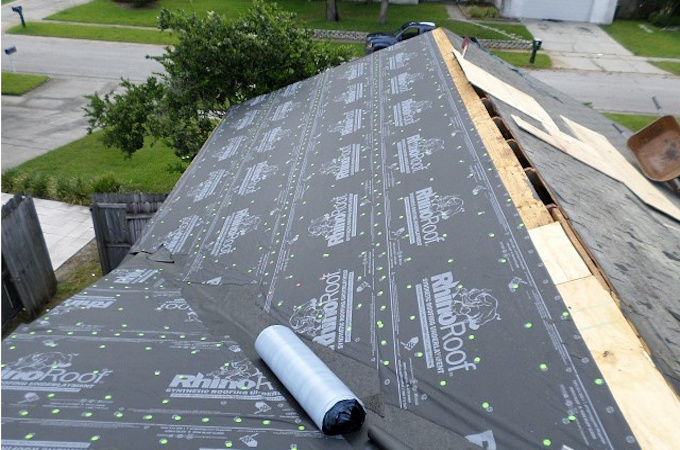Roofing Felt
Most people can look up at their roof and say “hey I have shingles up there, I am good”. But what else goes into a roofing system that is just as important as the shingles you can see? Roofing felt, yes that weird looking black paper like material that a local roofing company puts on…

